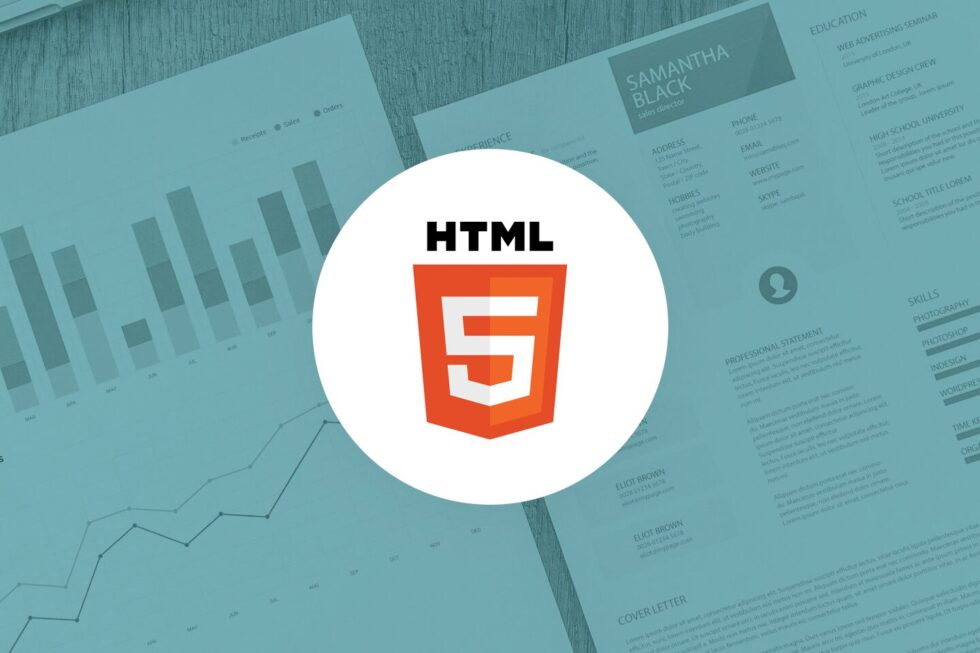Getting Under the Hood with PrizmDoc Viewer

Adding viewing and document conversion capabilities to an application can be a daunting task, especially when a development team is facing resource constraints and a tight schedule. That’s why many developers turn to API-based viewing integrations like Accusoft PrizmDoc Viewer instead of building those features from the ground up. By leveraging the versatile power of HTML5 viewing, they can quickly expand software capabilities without having to rethink the basic framework of their products.
What’s Under the Hood of PrizmDoc Viewer?
To understand how PrizmDoc Viewer goes about rendering documents in a web application, it’s helpful to take a closer look at its underlying architecture. There are two primary components that work in concert with the application’s web server: the HTML5 viewer and the backend.
The HTML5 viewer is integrated to run in the browser, typically via a web page or portal that serves as the front-facing aspect of the application. This is where document content is rendered as SVG elements. Since the viewer uses HTML5 to display content, it isn’t dependent upon any specific word processing software or imaging program.
Most of the heavy lifting is handled by the PrizmDoc Viewer backend, which consists of the PrizmDoc Server and PrizmDoc Application Services (PAS). PrizmDoc Server is the core computing component. It performs the actual conversion process to convert document pages to SVG, but it doesn’t have any permanent storage. Converted content and annotation markups are instead stored in PAS. The PAS component primarily handles long-term storage and hands files off to the server for conversion or processing.
Critically, PAS also has privileged access to other storage locations used by the application, such as file systems or databases. This allows it to easily retrieve source documents and hand off tasks to the server.
The Role of the Web Application
The web application server sits between the HTML5 viewer component and the backend component. It functions as a reverse proxy that relays requests between the two, passing content requests from the viewer to the backend and then delivering converted SVG content from the backend to the viewer.
PrizmDoc Viewer doesn’t actually work with the source documents in the application’s storage. They remain safely unaltered while the backend generates a converted version for viewing and annotation. The web application typically only makes REST API calls to PAS. Background conversion that doesn’t involve the viewer, however, can be performed by making a direct call to PrizmDoc Server.
Making the HTML5 Magic Happen: Viewing a Document
When the web application has to open a stored document for viewing, each component of PrizmDoc Viewer plays a special role in the process. Everything begins with the web application sending a request to PAS to create a new viewing session. How this session is created depends upon how the backend is deployed. In most cases, it will be self-hosted as part of an on-premises deployment or through PrizmDoc Cloud services.
Once that session is created, PAS generates a new viewing session ID and passes it back to the application. All of this happens before any conversion or viewing begins, but the application can begin rendering to the HTML5 viewer by configuring it to use the viewing session ID. This brings up the viewing UI immediately, which will ultimately save time as the document is prepared.
The web application then uploads a copy of the source document to PAS, which can be in any number of formats supported by PrizmDoc Viewer. As soon as PAS receives the document, it begins handing off pages to PrizmDoc Server for conversion to SVG. Since pages are converted one at a time, PrizmDoc Viewer is able to open and view documents in the browser before the entire file is converted. That means less time is spent waiting around for large documents to be prepared for viewing.
As soon as the HTML5 viewer loads in the browser, it begins proxying requests to PAS through the web application for the first pages of content. Once the converted SVG content is available, PAS hands it back to the web application, which then passes it along to the HTML5 viewer, which displays that content in the browser. Additional pages are delivered as they’re ready, and the viewer may make subsequent requests as the user continues to interact with the document.
While the viewing process involves several steps, it is typically performed so quickly that the end user doesn’t experience any significant delays. Larger documents may take more time to render as SVG content, but even in these cases, PrizmDoc Server’s ability to render and deliver each page to the HTML5 viewer as it becomes available allows users to begin viewing documents within their browser right away.
Enhance Application Viewing Performance with PrizmDoc Viewer
As an API-based HTML5 viewing solution, PrizmDoc Viewer can be integrated into most web-based applications to support a broad range of file formats. Developers can use its annotation, redaction, document comparison, and conversion capabilities to deliver a full range of document management tools within their software platforms rather than having to build them from scratch.
To see how PrizmDoc Viewer will function in your application environment, sign up for a free evaluation trial. We provide ready-to-run Docker images in addition to installers for Windows and Linux.